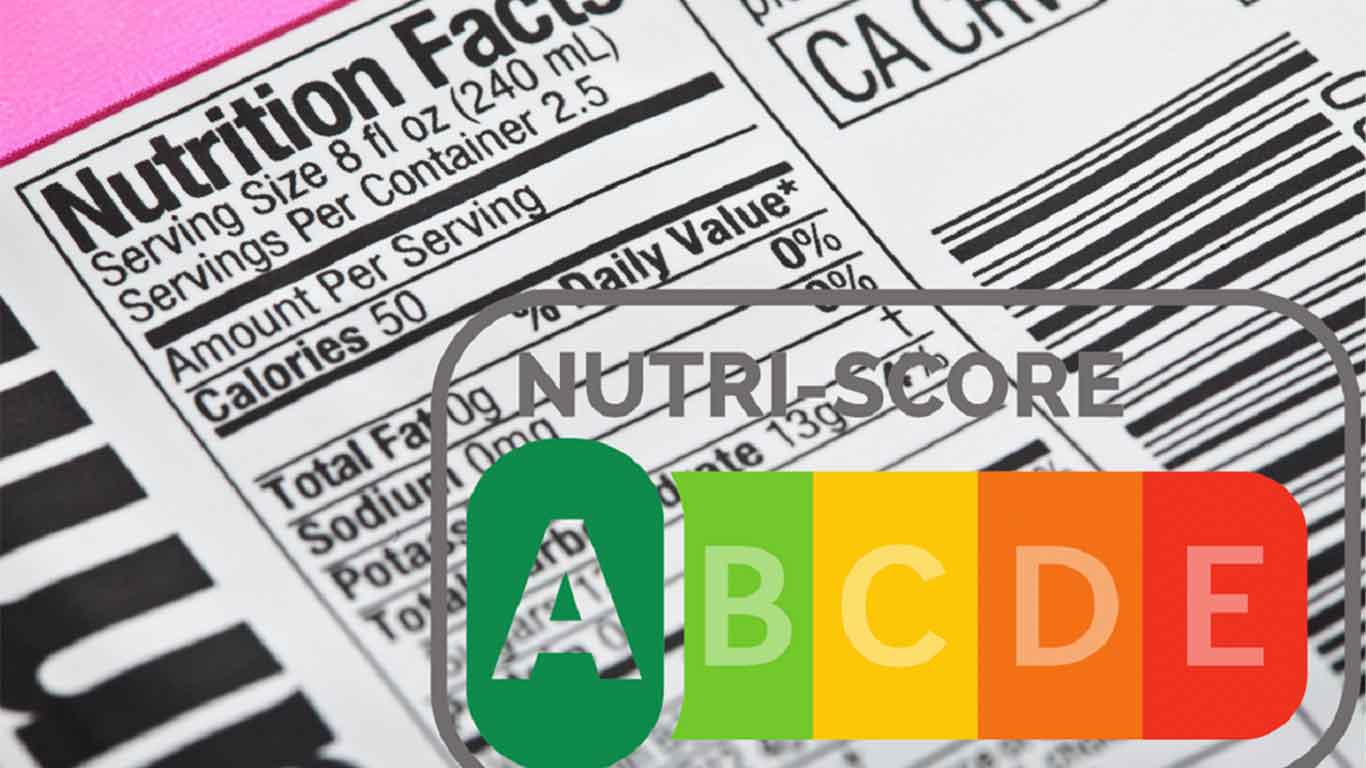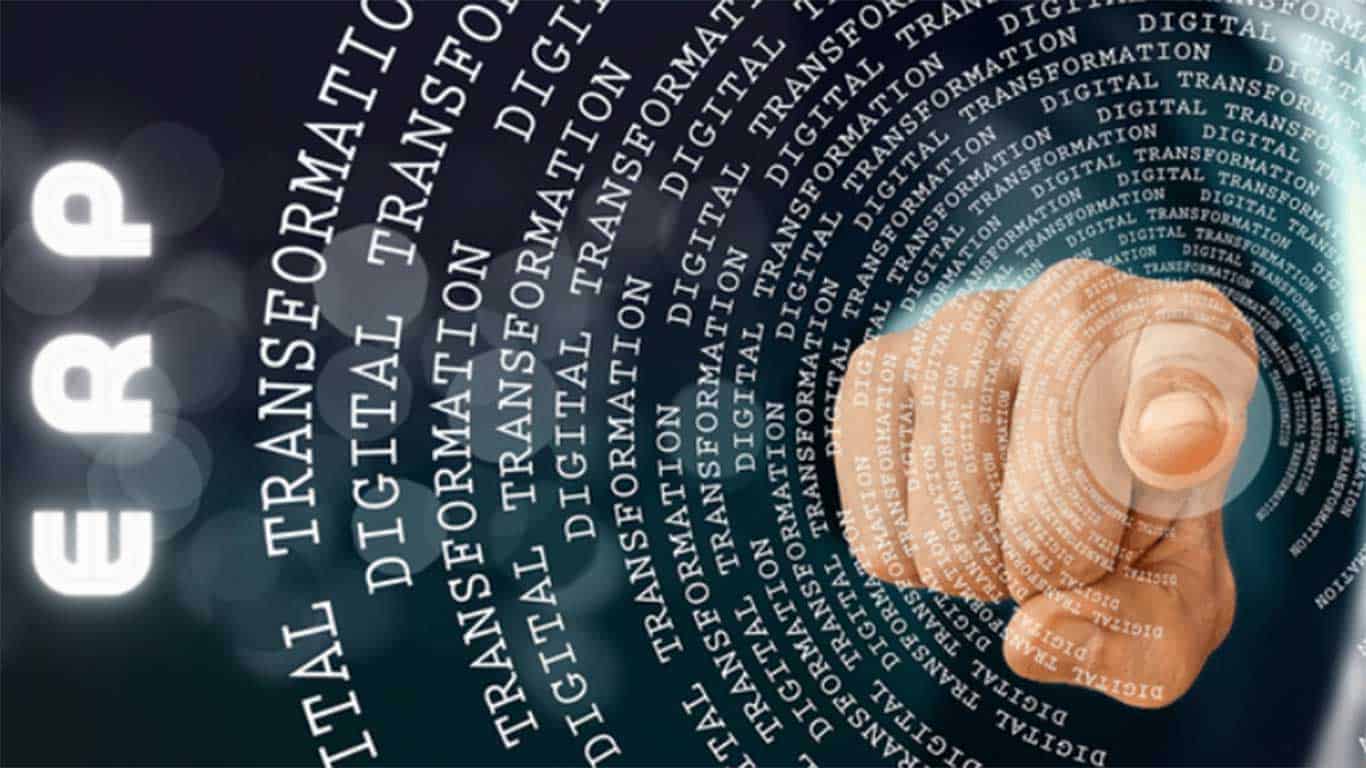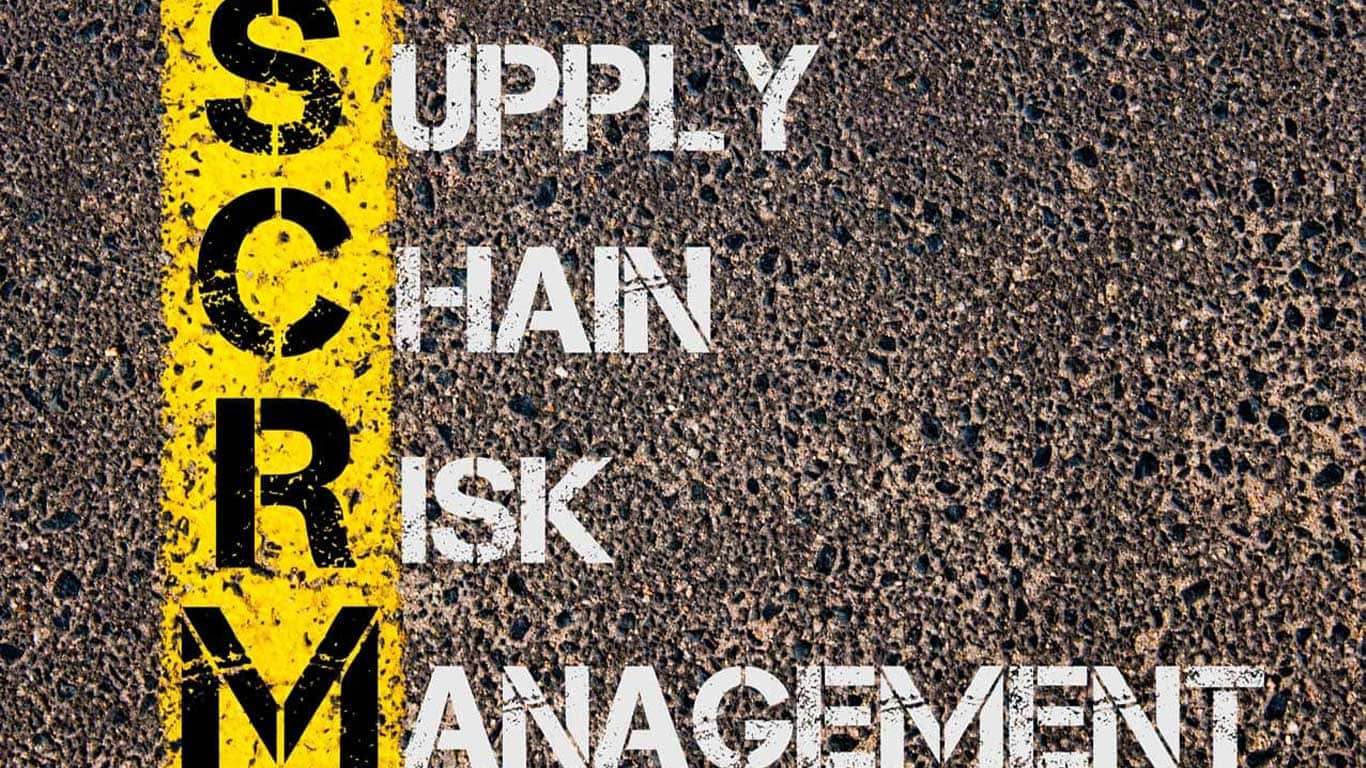The Nutri-Score food system is getting rolled out throughout Europe. According to the European Commission decision, the motivation for this new food labelling system is “to guarantee that consumers are provided with quality nutritional information and to protect their health.”
But what is Nutri-Score, why was it created, and what is it’s intended impact? As a food industry professional, you might be wondering about this new system’s potential effect on your product sales and how consumers view your product.
In this post, we uncover everything there currently is to know about Nutri-Score.
What is the Nutri-Score food labelling system?
The Nutri-Score food labelling system is a simple, traffic-light inspired way to show customers the healthiness of foods available on the market.
Free E-Book
Regulations, Speed-to-Market and Innovation: How to stay compliant and competetive in an ever-changing market place.
Nutri-Score was developed in France in 2017 to help consumers make product purchase decisions quickly, without them having to flip over the can or box to read the more complex label.
Why was Nutri-Score developed?
Obesity is increasingly becoming a problem in the EU. Every country in Europe is seeing a rise in chronic diseases, with obesity partly to blame. Obesity is also seen as one of the key factors in a declining lifespan in many European countries.
The EU law on feed information for consumers has the following features:
- Specifies requirements for the calorific value of fat, saturated fats, carbohydrates, sugar, proteins, and salt.
- Requires that all foods (packaged or unpackaged) list allergens in a different, legible type of a certain size.
- Requires that the labelling include the origin of the last place was where the product was packed
- Allows for the inclusion of Guidelines Daily Amounts, though this is voluntary.
While there are already food labelling requirements in place of course, the concern is that they are not fast and easy for consumers to read. Nutri-Score serves as a fast-glance judge of a food’s relative nutritional value.
While initially implemented in France and Belgium in 2017 and 2018, Germany began to use the system in 2019, after a panel of 1600 consumers chose it over other labelling systems with the same quick-glance use case. Germany had presented other options being used in Iceland and the UK, but France’s Nutri-Score won out. Visually, it is the simplest to read and understand.
What countries already have something like Nutri-Score?
Chile has gone to even more extreme lengths to combat the rise of obesity and its related health crises. They require black octagonal warning labels to be placed on any foods that are high in sugar, salt, and fat. Per 100 grams, the limits are ten grams of sugar, 400 gr of salt, 275 calories.
The effects of this action have already been felt by brands subject to the warning labels. Grupo Bimbo noticed a four times higher sales growth in products without the warning labels than with those required to feature them. They have already begun to renovate recipes to reduce the number of food products requiring this labelling in Chile.
The green keyhole logo has been used in Sweden since 1989, to act as a seal of approval for products that are low in salt and sugar while having a healthy amount of fat and grain.
For a different approach to the obesity problem, Australia, Mexico, and the UK are requiring an extra sales tax on beverages with high amounts of sugar.
How will Nutri-Score be shown to consumers?
When using Nutri-Score, a food product will be given one of five ratings:
- A
- B
- C
- D
- E
Of course, A is the healthiest and E is the least healthy. A product with an E rating is likely to be very high in either sugar or salt.
Nutri-Score is typically placed on the front of a product. This is so that consumers can make a buying decision without reading the back. With more and more consumers cooking from home less frequently and purchasing higher proportions of packaged and ready to eat foods, there needs to be a way for them to make faster decisions and go about their busy days.
Is Nutri-Score required or voluntary?
At this point in time, the use of Nutri-Score is completely voluntary in countries where it is being used: France, Belgium, Spain, and Germany. Individual countries cannot make the label mandatory without necessitating EU-wide regulation. To that point, Germany’s Federal Ministry for Food and Regulation is working on creating the legal foundation for making the label nationally required. This project has already begun this year, but it is not yet possible to say how or when they might set that into law.
What are some of the concerns and frustrations with Nutri-Score?
The Nutri-Score system is not without its critics.
Some manufacturers are concerned about that the system is too simplistic and would cause unfair advantages and disadvantages. For example, olive oil could be given a red E rating for being high in fat. Meanwhile, manufacturers of cakes that have been implementing the use of fats as flavor carriers to reduce the amount of sugar required worry that their products could receive worse ratings than cake products that are much higher in sugar.
Still other brands are upset that the label does not include the product’s CO2 footprint.
While the system certainly has its merits for consumers buying snack foods and easy meals, it has yet to be seen if it could be fairly applied to every single food product on the market.
What companies are already using Nutri-Score?
Danone and Nestlé are two of the largest brands utilizing Nutri-Score. In its press announcement of the decision to implement Nutri-Score, Nestlé was praised by Monique Goyens, Director-General of BEUC.
She is quoted as saying, “Research conducted in several countries demonstrate indeed that Nutri-Score is currently the best-performing scheme in aiding consumers to make healthier choices. Therefore, we consider Nutri-Score to be a major tool to contribute to tackling the obesity crisis. We can only recommend that other companies follow Nestlé’s excellent example and display Nutri-Score on their products. Moving forward, we believe that all European consumers should benefit from Nutri-Score. Therefore several consumer organisations, who are members of the BEUC network, have launched a petition asking the European Commission to make Nutri-Score mandatory across Europe.”
It may only be a matter of time before the mandate comes true. The threat of warning labels is currently cause for improved product innovation by brands, in order to proactively mitigate the likelihood of a negative label.
SpecPage is a SaaS PLM that helps you innovate food products faster. Learn more.




